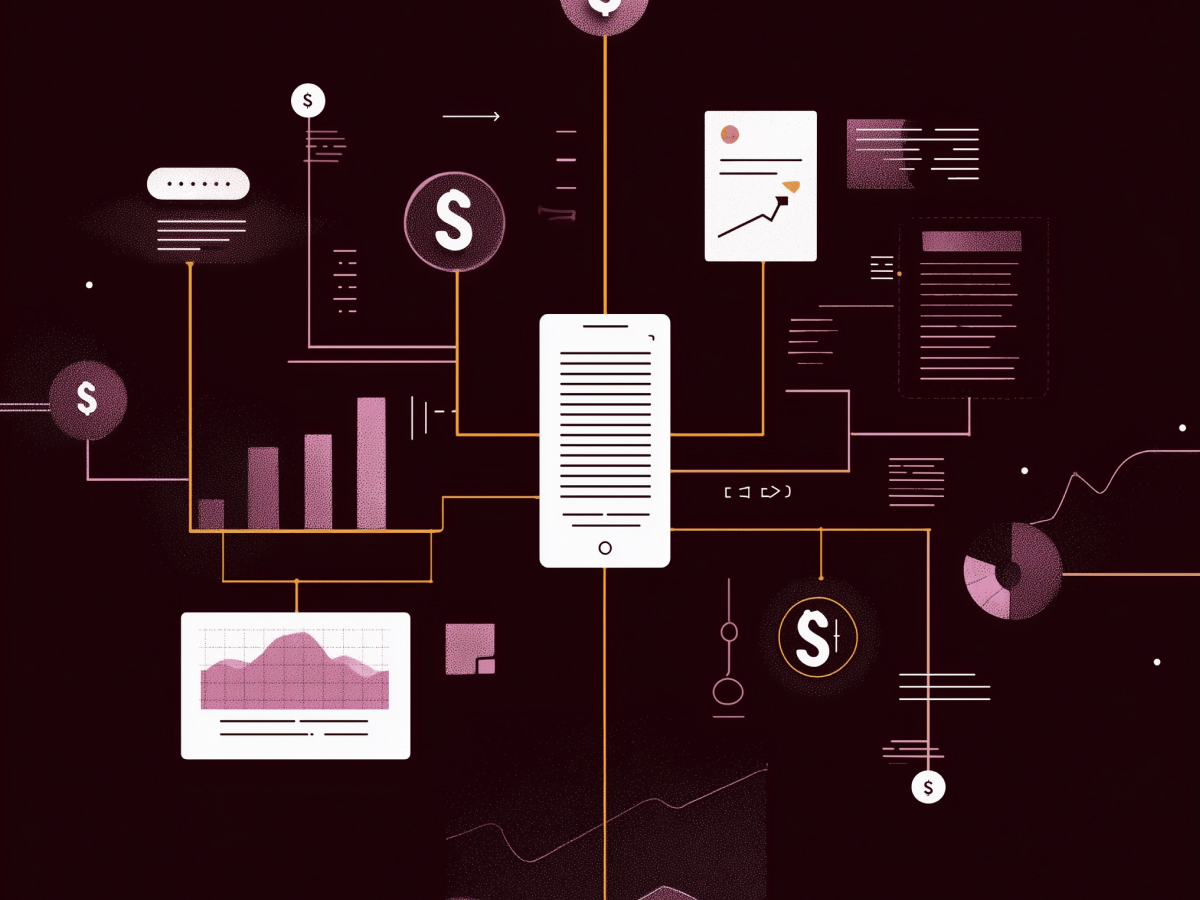Programmatic advertising achieves greater efficiency and transparency
Programmatic advertising is getting sharper, smarter, and more effective. The data is impressive—out of every $1,000 pumped into demand-side platforms (DSPs), $439 now connects with consumers directly. That’s a leap from last year’s $407. It might seem like a small bump, but when scaled, it translates to $79 more efficiently spent for every thousand dollars. These numbers reflect tangible gains in how we allocate resources.
Now, let’s talk strategy for a moment. Advertisers have trimmed the fat, moving away from low-value, Made-for-Advertising (MFA) publishers. These platforms saw a drop in ad spend from 15% in 2023 to just 6.2% in 2024. It’s a shift toward quality over quantity, making sure budgets land on platforms where they’ll actually make an impact. This efficiency is backed by a study from the Association of National Advertisers (ANA). They analyzed 38.5 billion impressions across $235 million in ad spending, a large jump from $123 million the year before. This is evidence of advertisers doubling down on effectiveness.
“For business leaders, this is a masterclass in operational optimization. If your ad dollars are more effectively reaching the right audience, it means you’re buying more than impressions, you’re buying results.”
Connected TV (CTV) drives programmatic growth
Connected TV, or CTV, is no longer an afterthought or niche-relevant focus. It’s pulling up right alongside mobile as a major player. Right now, CTV commands 28% of programmatic ad spending. Compare that to mobile and tablet devices, which hold the lion’s share at 44%. The difference isn’t massive, and the kicker is that CTV is still gaining speed.
What’s making it stick? Simplicity and scale. A majority (80%) of marketers have embraced CTV as a tool for programmatic campaigns, and they’re finding it a powerful way to meet consumers where they are. With modern viewers spending hours on platforms like Netflix and Hulu, it’s clearly a strategic shift.
What’s new in 2025 is that CTV data is now baked into industry studies. This tells us two things: CTV is integral enough to warrant this inclusion, and we’re getting smarter about measuring its effectiveness. For executives thinking about where to allocate next year’s ad budget, the takeaway is clear. CTV offers an open door to audiences who are increasingly cutting cords and streaming their way through the day.
Shift from open marketplaces to Private Marketplaces (PMPs)
Private marketplaces (PMPs) are winning. The numbers speak volumes. In 2023, only 41% of programmatic ad budgets were directed to PMPs. Fast forward to 2024, and we’ve seen the reverse, 59% now go to PMPs, leaving the open marketplace with just 41%.
Why? Advertisers are tired of playing roulette with their budgets. PMPs offer tighter control over where ads appear and better collaboration with publishers. The value is evident in the numbers. For Connected TV (CTV), the shift is even more pronounced—66% of programmatic CTV budgets now flow through PMPs.
This shift is a redefinition of what does and doesn’t work. Advertisers are finding that curated ad placements lead to better outcomes, not just for businesses but for audiences who see more relevant, targeted content. For C-suite executives, this shift is a reminder to prioritize transparency and precision in your marketing strategy.
Increasing adoption of Log-Level Data (LLD) access
Log-level data (LLD) is becoming the go-to tool for advertisers who want to fine-tune their campaigns. It’s like having a microscope for your ad strategy to give you granular insights that ultimately lead to smarter decisions. Here’s the catch though: while more suppliers are providing LLD access, it’s not universal yet. The ANA urges advertisers to request this data actively. Why? Because with LLD, you can optimize campaigns in real-time, adapting to what’s working and fixing what’s not.
The 2024 ANA study highlights how CTV data is now integrated into LLD, adding another layer of sophistication. Advertisers can then track performance across one of the fastest-growing platforms with unparalleled accuracy. The end goal, according to the ANA, is a global marketplace that’s fair, efficient, and driven by unified measurement frameworks.
“For executives, this is a wake-up call. The future of advertising lies in precision and accountability, and LLD is the key to both.”
Final thoughts
As the advertising market shifts toward greater efficiency and transparency, the question is whether or not you’re truly adapting to the new rules of the game? If your brand isn’t leveraging programmatic ads, CTV, and data-driven insights, what are you waiting for? Will you be part of the next wave of innovation, or will you be left behind in the old ways?




